Growing Beans
String and lima beans are grown alike. There are two sorts low bush, vines, and bean vines that climb poles. Pole beans are best for small gardens.
Planting Beans
Seed Planting – Plant beans and lima beans in hills 1 inch deep, 4-5 inches apart in rows. Sow bean seeds in the garden when the apple trees are blooming. Nature is an excellent source to guide you.
• Plant pole beans and pole lima in hills 1 inch deep, 4 seeds to hills and three feet apart.
• Plant lima beans with the eyes of the seed pointed downward.
• Thin plants 2 plants to a hill. Pick the strongest plants when doing so.
Transplanting Indoor Starts – If the seed was started indoors the best time to transplant indoor plants is when all frosts are over and the apple trees are in bud.
• Before planting burry a pole in the center of the hill that is 5 to 6 feet long.
• Two rows of hill work well when the poles are slanted so that each set of four may be tied together at the top like a tepee.
• Start the vines around the pole wrapping right to left.
Disease & Pests of Beans
Anthracnose – Dark, sunken spots, almost scab like that form on the pods and spots on leaves of the plant. Can affect everything from trees to vegetable plants.
Early in the growing season, the disease can delay the growth of the plant and cause leaves to turn yellow and curl. Small, brown spots on the shoots and leaf veins are very common first symptoms of this disease

Best to pick and burn the diseased pods, leaves, and plant matter. Do not keep seed from this infection even if the remaining plants look healthy for next year. The disease will carry over into the following year and infect the crop once again.
Bacterial Blight – Looks like water-soaked spots on both the leaves or the pods. Do not have a remedy. Best to pull up plants and burn them.
Downy Mildew – Fungus that creates spotted leaves on vegetable plants. Doesn’t seem to hurt the actual production of the crop in my experience.

The fungus is transmitted from infected plants by wind and runoff water during a single season. After the season is done, so is the fungus because it needs the live host plant to thrive.
Leaf Beetles – Very small beetle that comes in a variety of colors but always has a black head, This insect loves to feed on the leaves of beans, cucumbers, cucurbits, pumpkin, and squash.
Catch early. Spray with Rotenone (Jury still out to see if makes the organic list there is current FDA debate), or neem oil, and those not growing organically can also use carbaryl and permethrin. It is important to spray the foliage of the plant, giving care to the underside of the leaves.
Aphids or Plant Lice – They suck the sap from the plant and cause the leaves to crumple up. The crumpled leaves provide protection for the insect to hide under and within. Remove the leaves and burn. Treat the plant with any of the products below as soon as you see an issue. Remember that this insect likes to hide under leaves, be sure to treat under the undersides of the plant. Safe Solutions for Getting Rid of Aphids
Additional Post:
Choosing Healthy Garden Plants & When To Start Seeds Indoors
Decided on a Garden Type
Choosing a Location For Your Garden
Prepping An Area For a Garden
Elements For Good Garden Soil
Test Your Garden Soil For Lead If Up Against an Old Painted Building
Fish Pellets as Fertilizer
Use Less Soil in Your Planting Containers
Growing Herbs



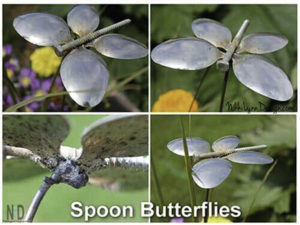

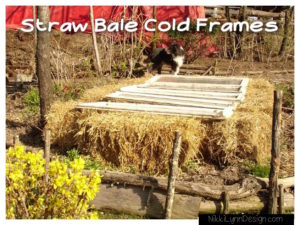
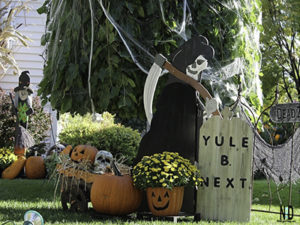
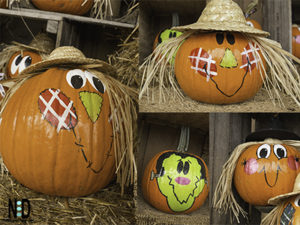
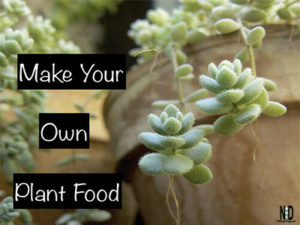
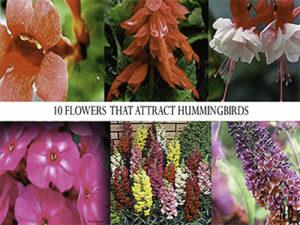
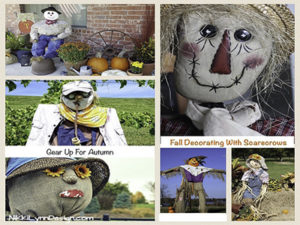
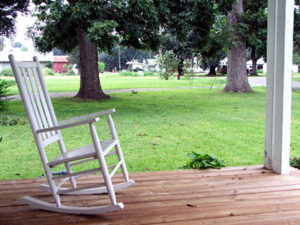
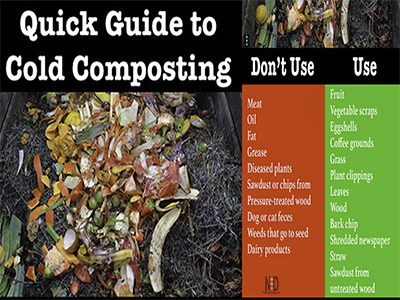

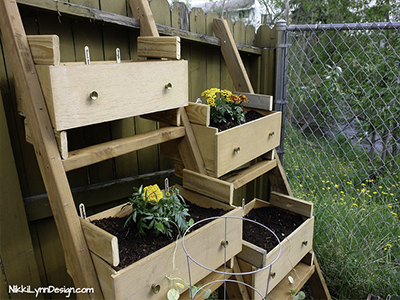
Leave a Reply
You must be logged in to post a comment.